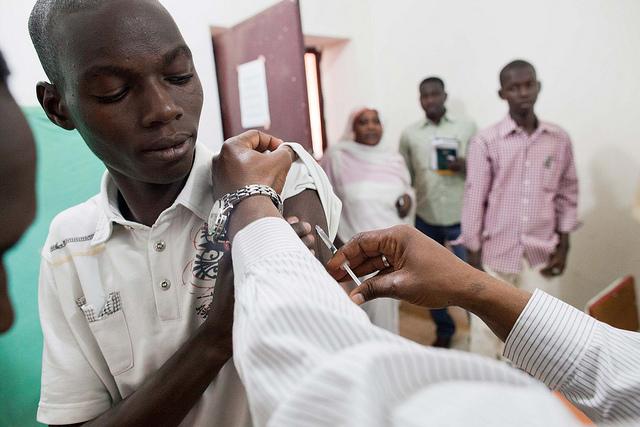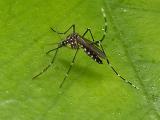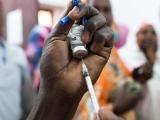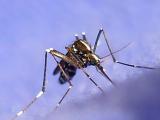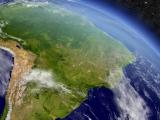As a stopgap measure to stretch limited supplies of yellow fever vaccine due to outbreaks in Angola and the Democratic Republic of Congo (DRC), vaccine experts for the World Health Organization (WHO) today said the vaccine can be given at one-fifth the regular dose.
In outbreak developments, local transmission is still occurring in Angola's heavily populated Luanda district, though 8 million people have been vaccinated, and Chad is the latest country on a growing list of those reporting sporadic yellow fever cases.
Short-term measure, with questions attached
In an announcement, the WHO said its Strategic Advisory Group of Experts (SAGE) on Immunization reviewed evidence that using one fifth of a standard dose protects against yellow fever for at least 12 months and possibly longer.
The group emphasized that fractional dosing is a short-term measure, because there's not enough data to show that the smaller dose would provide the lifelong protection of a full dose.
Jon Abramson, MD, SAGE committee chair, said in the statement that outbreaks in Angola, DRC, and Uganda have put an unprecedented strain on the vaccine supply for emergency immunization.
"Right now we have enough vaccines in the global stockpile to cope with the ongoing outbreaks if there are no further extensions," he said. "However, given the wide spread of the disease in Angola and the potential for it to get out of control in the city of Kinshasa, in the Democratic Republic of the Congo, WHO and partners are seriously considering the use of this dose-sparing strategy to prevent transmission through large-scale vaccination campaigns."
Formal review slated for October
According to the WHO, the SAGE group's review was an interim assessment, and a formal review is planned for October. Though the fractional dose is safe and effective for battling urban outbreaks in the face of a vaccine shortage, research questions remain, such as whether the smaller dose is effective in young children who have a weaker immune response to yellow fever vaccine. It also noted that other practical issues need to be resolved, such as procuring enough syringes.
The WHO said yellow fever given at the fractional dose does not quality for a yellow fever certificate under the International Health Regulations.
Four vaccine makers have the capacity to produce 80 to 90 million yellow fever vaccine doses per year, and the global emergency stockpile holds 6 million doses. The WHO said the emergency stockpile has already been depleted twice since February. It noted that it and partners have sent 18 million doses for emergency campaigns to the three outbreak countries.
Angolan cases top 3,000
In its weekly situation report yesterday, the WHO said the number of Angolan provinces reporting confirmed cases remained the same at 18. Overall suspected cases have now topped 3,000, with 3,137 reported, of which 847 are lab confirmed. Local transmission is underway in 11 of the country's provinces, though Luanda and Huambo are the worst affected.
Vaccination efforts in Angola are now focusing on border areas, the WHO said. The country's outbreak is still highly concerning because of the risk of international spread and urban spread there and in the DRC, according to the update.
The DRC reported its first two locally transmitted cases in Kisenso district in Kinshasa province. Overall, the country has 61 confirmed cases, 53 imported from Angola. Two are sylviatic cases (from wild animals) and six are locally acquired.
In Uganda's unrelated outbreak, cases remained the same last week, with 68 suspected infections in seven districts.
Investigations are still underway in other countries, such as Ethiopia, where one case was recently confirmed, and the Republic of Congo and Ghana.
Chad has reported a sylviatic case with an onset dating back to Jan 15, the WHO said. Peru, Brazil, and Colombia have also reported recent sporadic cases, developments that the WHO said add to the pressure on the global yellow vaccine stockpile.
See also:
Jun 17 WHO statement
Jun 16 WHO yellow fever situation report
